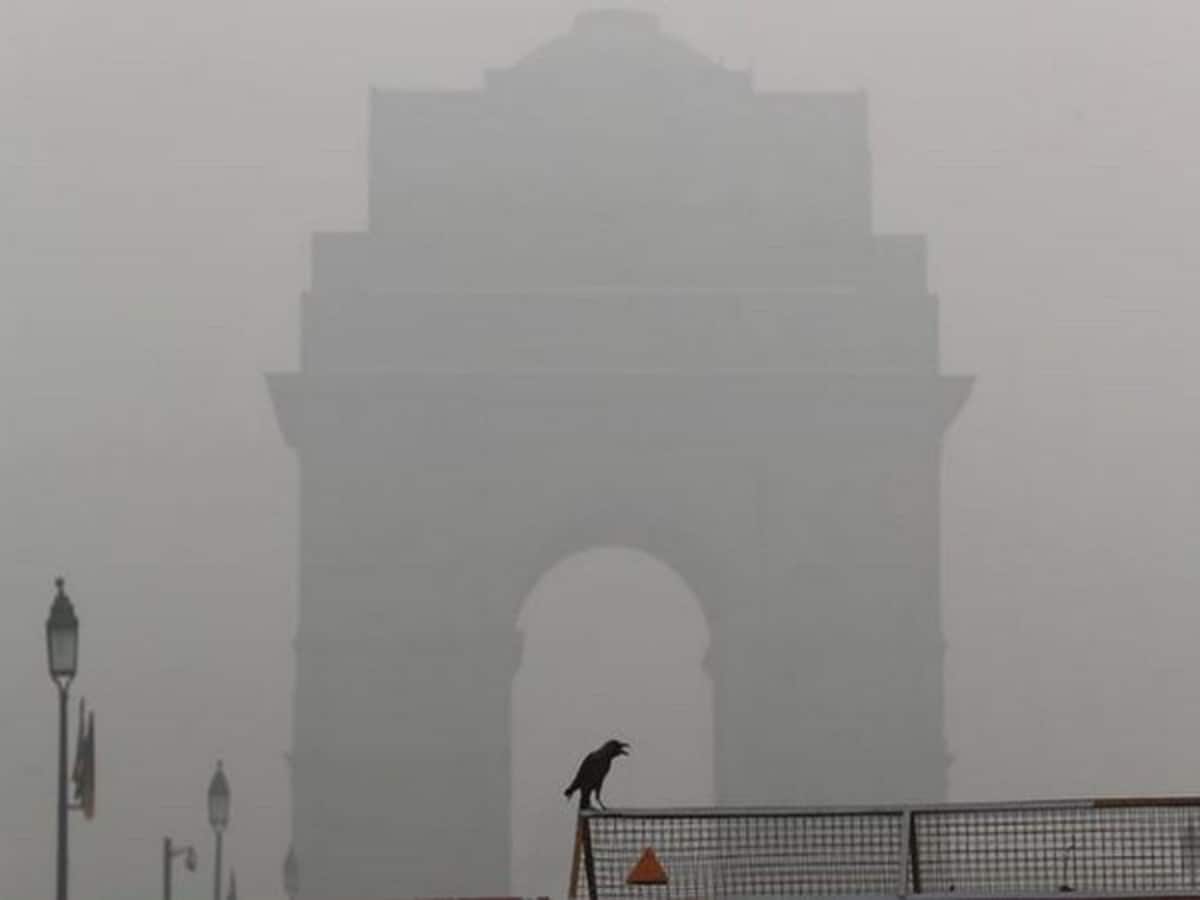
New Delhi: With the Aam Aadmi Party (AAP) set to form the government in Punjab, can Delhi expect to breathe fresh air in the winters?
Will Delhi Chief Minister Arvind Kejriwal, who has all along blamed stubble burning in neighbouring Haryana and Punjab for the air pollution in the national capital, ensure that his party’s government does not let ‘parali’ (stubble) burning add to Delhi’s problem this winter?
With a very small window available for the farmers in Punjab and Haryana between harvesting paddy and sowing of wheat, every year, the beginning of the winter season witnesses agro-waste burning in Haryana and Punjab, and the meteorological conditions bring that pollution towards Delhi.
The situation worsens further as and when the cold/fog condition aids in stagnation of the pollutants.
Perception over the years has been that it is only the ‘parali’ burning in the fields of Punjab and Haryana which is responsible for Delhi’s air pollution, whereas science has established other sources of emissions too.
Aarti Khosla, Director, Climate Trends, an advocacy NGO working on the issue of air pollution and climate change, said: “If they (AAP government) really take it as a top priority, if they can really set up some kind of a governance mechanism for better coordination quickly, it will be a good possibility that can be explored.”
AAP spokesperson Saurabh Bhardwaj said, “As we have done in Delhi, we would push for bio-decomposters in Punjab. We would think of offering subsidy or give them for free to the farmers and also include machines such as happy seeders that can help tackle the problem.”
When his attention was drawn towards the problem of collection of agro-waste from the farmers’ fields, Bhardwaj said, “We will need to work it out with the industry that utilises agro-waste to come up with products and push them to collect them from the farmers’ fields.”
Delhi Minister Satyender Jain said, “Now that AAP is in power in Punjab too, we will plan better and coordinate better.”
However, it is easier said than done as stubble burning is just one part of the larger picture. The sources of emission for Delhi include transport, power plants around Delhi, local sources, brick kilns and of course, stubble burning.
Khosla agreed that crop burning is part of the problem and said, “But when it is a problem, it is very significant in terms of contribution, as it can go to as high as 40 per cent. In terms of public perception, it captures a lot of attention as this is a very significant issue.
“So, given the enormity of the problem, addressing the complex issue of stubble burning will be a big task. It might be small in the overall picture, but in absolute terms, it is a big problem and it won’t be a bad idea if AAP can address it in some measures.”

